Location
Our Washington Location
Our inpatient facility is located in Washington, and will serve Washington state. It will provide a safe & therapeutic environment for both our staff and patients.
- Edmonds
7416 212th St SW,
Edmonds, WA 98026
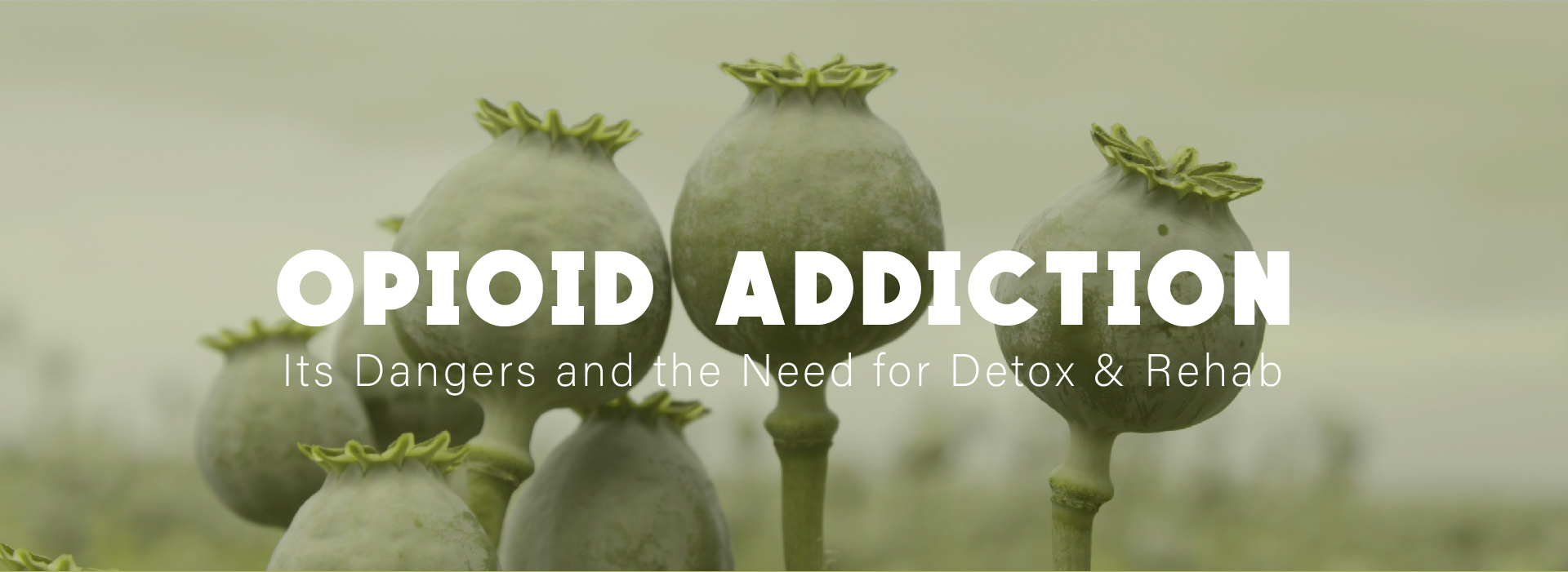
So many people struggle with opioid addiction, and many aren’t even aware of it. These drugs are very dangerous, and it’s important to know the risks. If you think you might be addicted, it’s important to know where you can find help. Stopping your use of them can be difficult, but with professional support, it’s possible.
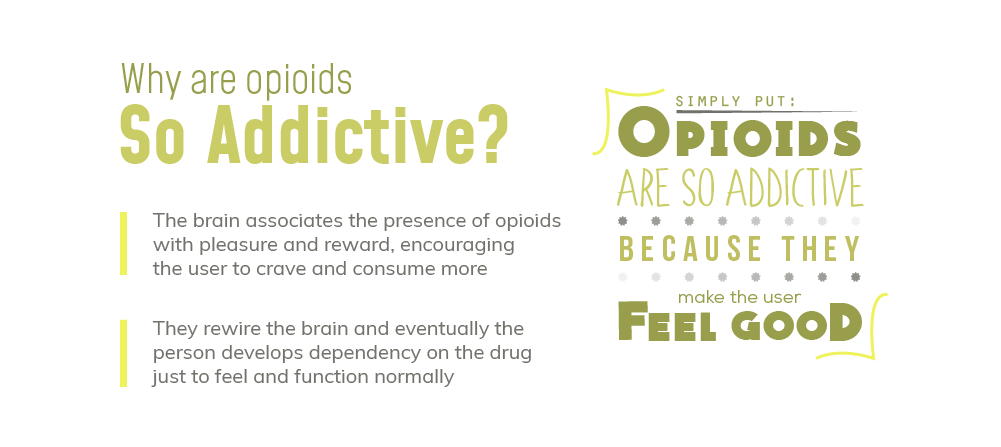
The first step is to admit you have a problem. However, before you can do that, you need to learn as much about this addiction as you can. Once you get the right information, you’ll be able to take the proper steps to get help.
You may hear people refer to this classification of drugs as either opioids or opiates. However, they use these terms to mean the same thing. There is a subtle, but significant difference between them.
An opiate drug is one that is naturally derived from the opium poppy pant. These drugs can include heroin, morphine and opium. Alternatively, an opioid drug is a much broader term. This includes any drug that binds to the brain’s opioid receptors. It can be naturally occurring or it can be synthetic.
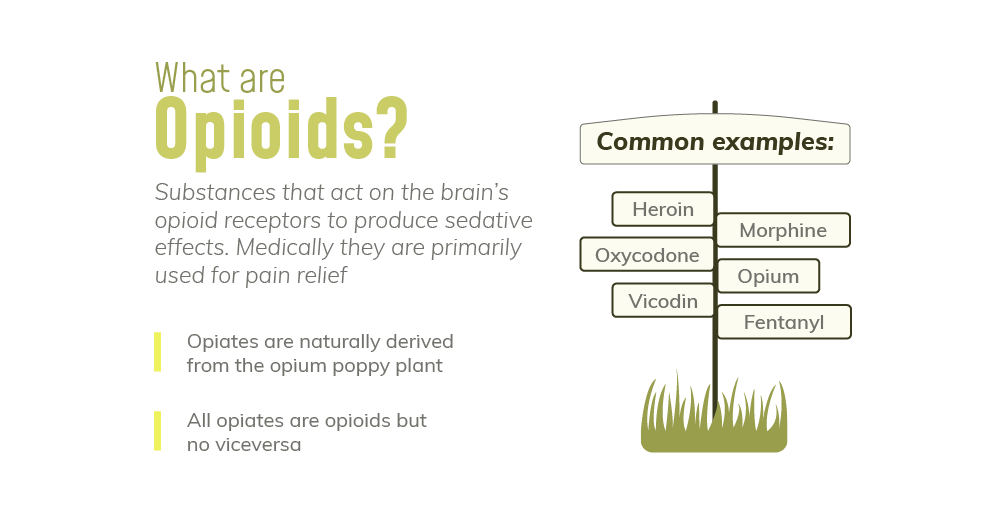
Your brain’s opioid receptors are responsible for controlling pain in the body. They also function as your reward system. Some examples of synthetic opioids include Oxycodone, Fentanyl and Vicodin.
All opiate drugs are opioids. However, the opposite is not true. Sometimes people believe that opiates are natural, and that must make them less harmful. This belief is false. Both are very addictive and they are frequently abused.
For the purposes of this page, we will be referring to both types of drugs as opioids.
There’s no denying that the United States is in a state of crisis regarding opioid abuse. It’s a problem that has been continually worsening over the last several years.
The ASAM offers some great information regarding opioid addiction and abuse. Their statistics tell us that:
The long-term use of opioids results in a very high risk of addiction. This is evidenced by the above statistics. Interestingly enough, it’s possible to become addicted even if you’re using a prescription painkiller according to the doctor’s instructions.
If you’re addicted to opioid drugs, it is so important for you to get professional help. Maybe you’re not sure if you have an addiction, but you suspect that you might. It’s important to find out the truth. The right treatment is available to help you.
Most people aren’t aware of the dangerous side effects that can accompany opioid abuse. Typically, they’re using these drugs because they relieve pain, and/or make them feel good.
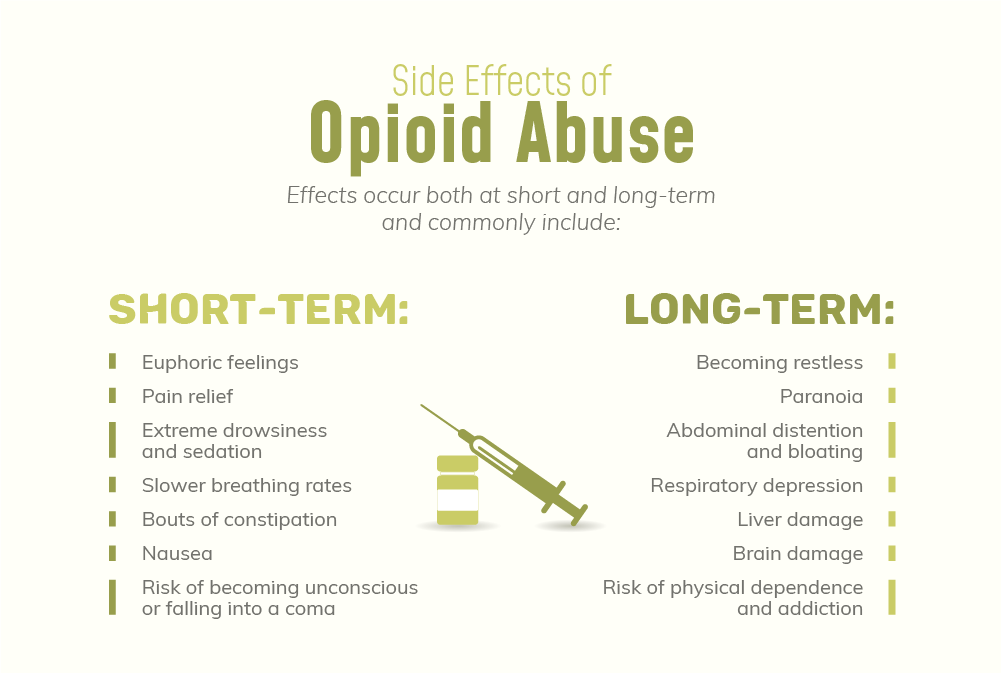
Many abusers will progress to injecting opioids when they want to enhance their effects. This involves dissolving them into a liquid. This method will result in an intense high, but the risks cannot be denied.
Anyone who abuses them in this way is at risk for the following side effects:
For most people, an opioid addiction happens without their knowledge. They’re prescribed medication to help with pain or another type of problem, and they take their medication appropriately. Sometimes, they will end up taking it for a long time because it appears to be working. Other times, they increase their dosages on their own. Either situation is likely to end up in an addiction that requires a rehab program in order to stop.
An addiction to opioids occurs because you build up a tolerance to the medication or drug you’re using. Over time, the same dosage doesn’t seem to work as well, and so it’s increased. As this increase takes place, the brain is starting to associate the drug with something that’s needed for survival. Before you know it, you’re addicted to it.
Unfortunately, an opiate addiction doesn’t usually take very long to form. Sadly, many people aren’t aware of just how addictive these drugs are.
Some people will attempt to quit cold turkey once they realize they’ve become addicted to their painkillers. This is often a panic response because they never meant to become addicted to anything. The idea that they’re dependent upon a drug might scare them as well.
Other times, people may try to quit taking opioids on their own because they don’t know what other options they have. They may also want to try it before they consider going to rehab.
Opioid drugs should never be stopped abruptly without professional and medical supervision during the process. Your brain has come to see the drugs as necessary, and so you feel “off” if you don’t have them. This is called going through withdrawal.
If you stop using any of these drugs on your own, you may experience withdrawal. Some of the more typical opioid withdrawal symptoms include:
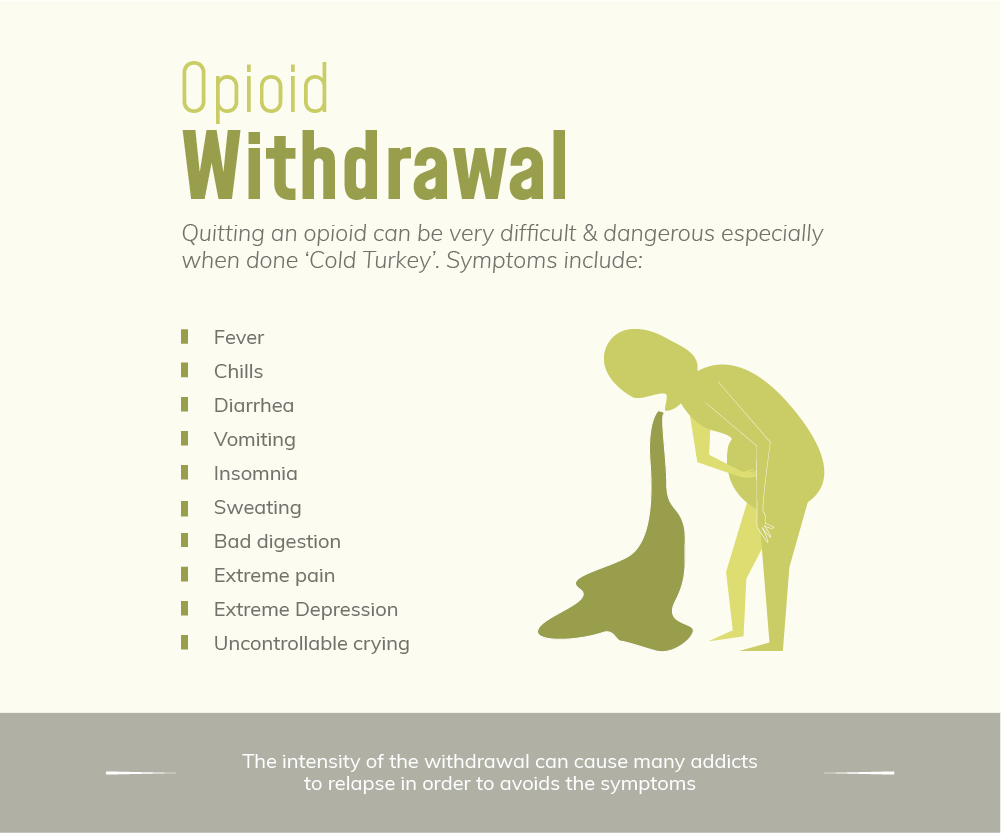
Again, your brain has started to view these drugs as an important part of your body’s chemistry. Because of this, you could experience other, more dangerous symptoms when you quit. You could have seizures, heart problems, or even a stroke or coma.
First and foremost, you need to know if you’re addicted to opioid drugs. If you are, we can help you take the proper steps to get treatment. If your abuse hasn’t progressed to addiction, you may still need assistance to stop successfully.
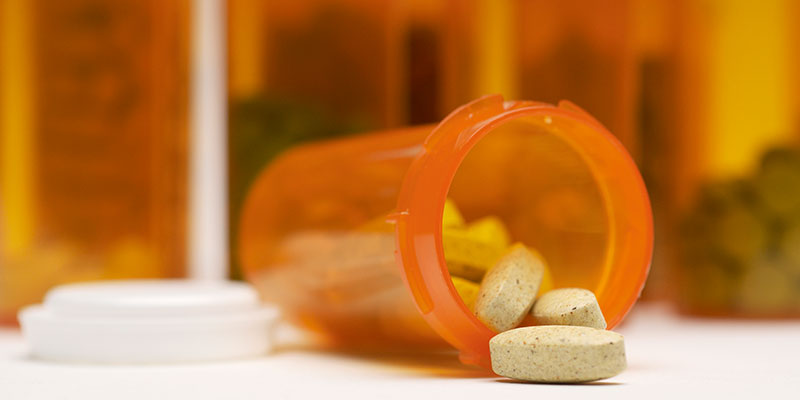
There are different ways you can find out what your relationship with these drugs is. You may want to begin by taking an opioid addiction quiz. You’ll be asked a series of questions related to your drug use and how you feel as a result of it. The questions may be difficult for you to answer, but it’s important that you do so honestly. Afterwards, you’ll get immediate access to your results.
You can also take a look at some common signs of opioid addiction. However, please note that these signs may not be easy for you to recognize in yourself. You may want to ask a trusted friend or relative to help you as you go through them.
For addicts, they would rather use opioid drugs than do anything else. Using becomes the center focus of their lives. If it’s something that you think about all the time, chances are good that you’re addicted.
If you still have doubts, it might help you to talk with a professional and get their opinion. This should erase any doubts that you may have. It will also give you the opportunity to find out if you should consider treatment. Many opioid rehab centers offer free phone assessments for this reason.
Once you know that you have an addiction, the next step is to admit you need help. Recovering begins with going to an opioids detox program. Detoxing is very important, and it’s an essential part of the healing process.
Your treatment team will help you through detoxification with several goals in mind. The first one will be to make sure that you’re able to quit using safely. Whether you’re addicted to prescription painkillers or a drug like heroin, it can be dangerous to stop using.
This might surprise you because you know you shouldn’t be addicted. However, as we’ve discussed, your body has gotten used to the drugs you’re taking. It can experience a state of shock when you stop. This is what leads to potentially dangerous withdrawal symptoms.
The second goal will be to keep you as comfortable as possible as you go through detox. Withdrawal symptoms are very difficult to deal with, which is why cold turkey quitting is never recommended. In a professional opioid detox setting, they can be managed effectively. This means that their severity may be significantly decreased. It also means that you may not experience some of the more common symptoms at all.
You’ll find that most addiction treatment experts believe that people should detox from opioids on an inpatient basis. This is purely for your safety. During your stay, your progress will be monitored on a constant basis. You’ll be able to talk with your doctor and other medical personnel about how you’re feeling. If your treatment needs to be adjusted, that can be facilitated quickly.
An inpatient opioid detox also has another important benefit for you. Many people with this type of addiction would have a difficult time abstaining if they were to detox at home. They may live with others who also use these types of drugs, so the temptation to use is always there.
If your goal is to maintain your quit and reach long-term recovery, we highly recommend an inpatient detox. It is a great tool that will provide you with all the support you need during this critical time.
Now that you know how important detoxing is, you may be wondering about your withdrawal treatments. There are many ways to treat opioid withdrawal. Your doctor will perform a medical exam before anything else takes place. This will help them to make a decision about the best ways to approach your recovery.
Every option available to you will be discussed with you ahead of time. You’ll have the opportunity to weigh in on what types of treatment you think will be best. However, please keep in mind that what works for some, might not work for everyone. For example, you may know someone who was treated with Suboxone to help with withdrawal. That doesn’t necessarily mean it will be right for you.
Let’s talk about the different types of withdrawal treatments that many opioid detox facilities use. This will give you a better idea of what you can expect.
If you’re using prescription opioid drugs, the first step will probably be a medical taper. This means that the amount of medication you’re taking will be gradually lowered over time. Tapering slowly has a lot of benefits. It gives your body time to adjust, and in many people, it lessens the severity of withdrawal. Some might not have any symptoms at all with this method.
We do want to reinforce that you don’t want to attempt a medical taper at home on your own. Your doctor will know exactly how much of the drug to give you during each stage of the process. If you lower your dosage too quickly, it could have adverse effects that may put you in danger.
Once you’re completely off your medication, you may be a candidate for medication assisted treatment, or MAT. This is one of the newest forms of detox available, and the results of it have been very promising.
MAT involves giving patients medications that have been FDA approved for opioid detox. They work by calming down cravings and improving the severity of other forms of withdrawal. Some medications will completely remove any desire to use at all.
There are several different medications that can be used during MAT, and they include:
Some of the drugs on the above list are also opioids, but they’re somewhat weaker. They will attach to the opioid receptors in the body and block any drugs from getting to them.
You will be required to participate in counseling while you receive MAT. It’s also very important to follow your doctor’s instructions to the letter. Some of these medications can be addictive if they’re abused.
You may receive non-medical detox treatments alone or along with MAT. This form of detoxification is a way of detoxing from opioids without the use of additional medications. The goal is to improve your overall health, and it can be accomplished in a few different ways.
First, a nutritionist will meet with you and talk with you about your diet. Many addicts aren’t on a proper diet, which means that they’re often lacking in necessary vitamins and minerals. They’ll want to know what types of foods you have been eating, and they’ll offer suggestions.
Once you start eating better and giving your body the fuel it needs, you’ll begin feeling better. You’ll be assisting your liver and kidneys as they work hard to remove your body of those harmful toxins.
You may also be started on a new exercise regimen. Your body will also eliminate toxins through the pores in your skin. This means that sweating will help you detox as well. In addition, exercise is going to naturally increase your body’s dopamine levels. This is an added bonus that will make you feel better in the short-term.
Detoxing is such a vital part of the process when you’re an opioid addict. However, it should never be viewed as the only necessary step in recovery. When you go through detox, you’re healing from the physical component of your addiction. However, there is another aspect that needs to be treated, and that’s the mental part.
Everyone with an opioids addiction needs to continue on to a quality rehab program. There, you’ll be addressing the reasons behind your dependence on these drugs and learning other ways to cope.
Any addiction will change the way you think. Right now, your brain believes that you need to use opioids regularly. It may even think you need them to survive, which isn’t true at all. By learning about the root cause of your addiction, that piece will get the treatment it needs.
When it comes to recovering from an addiction, patients need the utmost in professional support in most cases. An inpatient opioid rehab offers an excellent level of support to meet their needs. There are a lot of benefits to choosing this type of treatment.

When you’re in an inpatient rehab program, you’ll be able to take some time away to focus on recovery. This is very important because it will eliminate any other distractions. You’ll also be removed from any temptation to use, which is another important benefit.
As we’ve discussed, recovering from an opioid addiction is extremely difficult. It’s very important for you to get the support you need during this time. By going to an inpatient program, as opposed to an outpatient one, you’ll always have people there to help you.
You’ll be receiving many different types of therapy during your stay at opioid rehab. One of the most important pieces of that will be your regular sessions with a counselor. It’s their job to talk with you and learn why you started using.
This type of addiction can have a number of different causes. Sometimes people get addicted accidentally because they were taking opioids for pain. Others may have been pressured into trying them by a friend, and then gotten dependent on them as a result. Many people actually suffer from mental illnesses, and using these drugs is a way to self-medicate. This is called having a co-occurring disorder.
Co-occurring disorders can take many forms. Some examples are:
If you have one of these conditions, it’s important to treat it alongside treating your addiction. This is called receiving dual diagnosis treatment. It will give you the best possible chance for a successful recovery, long-term.
Like many people, you may be feeling that you’re just not ready to commit to an inpatient program. If that’s how you feel, we want you to know that it’s completely normal. There are other ways that you can get help for your opioid addiction.
You might want to consider going through an intensive outpatient treatment program. An IOP is a step down from inpatient, but studies show that it might be just as beneficial in some cases. A professional can talk with you in more detail about this option and help you decide if it’s right for you.
You may also want to think about going to Narcotics Anonymous. NA meetings are held all over the United States, and there are usually some in every city. They will provide you with peer support as you seek to recover.
Finally, you should definitely discuss your intentions of quitting with your doctor. They need to know that your opioid use has become a serious problem for you. They can also be a great resource in your quest to get clean. Many doctors will offer medications to help with the detox process. They may have other suggestions that can help you as well.
Like many people, you may be certain that there’s no way you can afford to get opioid treatment. As a result, you’ve brushed off the idea because you thought it wasn’t attainable for you. The fact is that it’s more possible today than it ever has been before.
At one point, it was very expensive to go to rehab because insurance companies often didn’t cover that type of coverage. It was seen as elective. That is very different today. Insurance companies are now required to provide benefits for their customers for all types of addiction treatment. This means that more people are now able to get the help they need from opioid treatment centers.
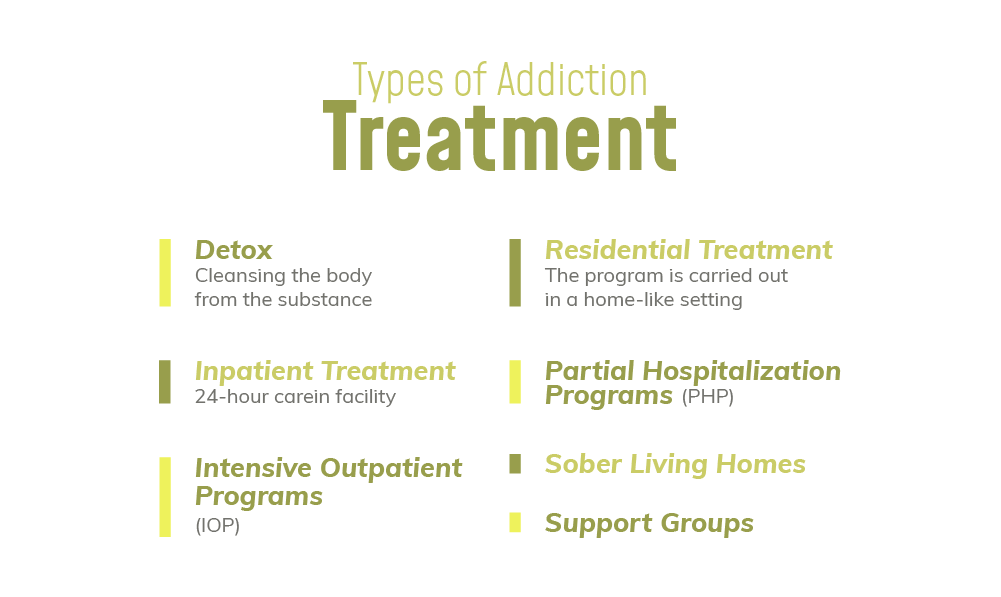
If you don’t currently have health insurance, please visit HealthCare.gov. It’s easy to locate the information for your state, and you can apply for a plan right online.
We’ve known for years that our nation was facing a serious opioid epidemic. Many measures have been put into place to help. Some of these include stricter regulations for prescription physicians and reformulating drugs to make them harder to abuse. However, recent records shows they might not be working as well as expected.
The CDC reported that emergency room data indicates that opioid overdoses are still increasing in numbers. They state that there has been a 30% increase from July 2016 to September 2017, overall. In 16 states, that number has actually gone up 35%. Overdoses are up among both men and women of all ages.
There is so much that still needs to be done to curb this problem. More people need to be made aware of the treatment options available to them. Naloxone needs to be distributed to more emergency responders as well. This will allow them to treat people at the scene of an overdose, which could save many lives.
The stress and strain of Hollywood drives many celebrities to turn to substances as a way to cope. Many of them choose to start abusing opioid drugs as a result. Fortunately, a lot of them have chosen the road of recovery, and today, they’re doing well. Of course, there are others who haven’t been so fortunate. For example:

Opioid addiction treatment is essential to help you stop using these drugs safely. The right program can help to decrease your risk of dangerous medical complications that can occur. It can also lessen the severity of your withdrawal symptoms. You’ll find that it makes a big difference when you have the help of professionals to guide you through your addiction recovery.
It’s possible that your addiction to opioids has been ruling your life for a very long time. You may have even thought that it was impossible for you to quit using them. With our help, it is possible, and we can provide you with the tools you need to make your recovery a reality.
Do you have questions about opioid addiction or treatment? To learn more about how we can help you, please contact us.

Our admissions coordinators are here to help you get started with treatment the right way. They'll verify your health insurance, help set up travel arrangements, and make sure your transition into treatment is smooth and hassle-free.
888.450.2153Contact Us